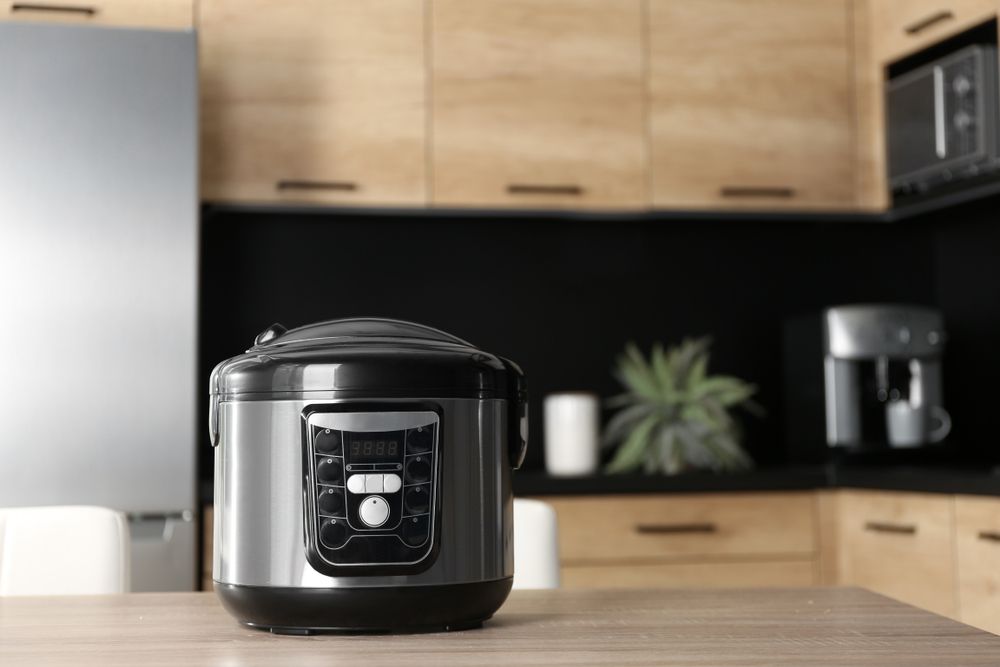Everyone loves a good deal—but getting one consistently takes more than just luck. Whether you’re shopping for groceries, gadgets, or gifts, retailers are experts at nudging you to spend more. The good news? You can outsmart those tactics and keep more cash in your wallet without sacrificing quality or convenience.
With the right mix of timing, tools, and strategies, you can turn every shopping trip—online or in-store—into an opportunity to save. Here are proven money-saving hacks that help you score the best deal every time you shop.
Make a List—and Stick to It
Impulse purchases are the enemy of savings. Retailers design aisles, ads, and websites to tempt you into adding “just one more thing.” A shopping list creates focus and protects your budget.
Before you shop:
-
Write down exactly what you need.
-
Review the list right before checkout to ensure every item belongs there.
-
If something catches your eye that’s not on the list, add it to a “next time” note instead of your cart.
Studies show people who shop with lists spend up to 30% less. A simple plan helps you buy what you need, not what you notice.
Compare Prices Before You Buy
Never assume the first price you see is the best one. Prices can vary widely between stores—and sometimes even within the same chain.
-
Use comparison tools: Apps like Google Shopping, ShopSavvy, or PriceGrabber show real-time price differences.
-
Check competitors: Many retailers offer price matching if you can show a lower advertised price.
-
Search on multiple platforms: Compare Amazon, Walmart, and local store sites for big-ticket items.
Price comparison takes minutes but can save you hundreds a year, especially on electronics, furniture, or home goods.
Shop at the Right Time
Timing your purchases can dramatically affect how much you spend. Every product category has a “sweet spot” for sales.
-
Clothing: Best deals appear at the end of each season—January, April, July, and October.
-
Electronics: Shop during major events like Black Friday, Cyber Monday, or back-to-school sales.
-
Furniture and appliances: Prices drop around holiday weekends like Memorial Day and Labor Day.
-
Groceries: Buy produce in season—fresh, cheaper, and tastier.
By aligning your purchases with sales cycles, you can save 20–50% without changing what you buy.
Take Advantage of Cashback and Rewards Programs
If you’re not earning something back on your spending, you’re leaving money on the table.
-
Use cashback apps: Rakuten, Ibotta, and Dosh reward you for everyday purchases.
-
Use a rewards credit card wisely: Earn points or cashback, but always pay your balance in full.
-
Stack rewards: Combine a cashback app with a rewards card for double benefits.
-
Redeem strategically: Save points for high-value redemptions like travel or statement credits.
These small returns compound over time, turning regular shopping into passive saving.
Sign Up for Price Alerts
Don’t waste time checking prices manually—let technology do the work.
-
Set alerts: Use CamelCamelCamel or Honey to track price drops on items you’re watching.
-
Enable notifications: Many stores let you “watch” products and will email you when prices fall.
-
Compare historic trends: Tools like Keepa show whether a sale price is genuinely a deal or just marketing.
Patience pays off—waiting a few days for a price alert can save you anywhere from 10% to 40%.
Always Search for Coupon Codes
Before checking out online, pause for a quick coupon search. It’s one of the easiest ways to shave off instant savings.
-
Use browser extensions: Honey and Capital One Shopping automatically apply the best available promo codes.
-
Check sites like RetailMeNot and Coupons.com: They collect discounts from hundreds of retailers.
-
Subscribe strategically: Sign up for store newsletters before a purchase to receive a first-time buyer discount, then unsubscribe later.
It’s rare to make a major online purchase that doesn’t have at least one coupon code available—you just have to take the extra minute to find it.
Shop Incognito or Clear Your Cookies
Online retailers use browsing data to adjust prices based on your habits—a practice known as dynamic pricing. If you keep revisiting an item, some sites may increase the price to create urgency.
Avoid this with simple tricks:
-
Browse in incognito or private mode to hide your search history.
-
Clear cookies before price comparisons.
ADVERTISEMENT -
Use a VPN to compare regional pricing (especially for travel bookings).
These steps level the playing field, ensuring you see fair prices, not ones tailored to your willingness to spend.
Use Loyalty Programs Wisely
Loyalty programs can be a goldmine for repeat shoppers—but only if you use them intentionally.
-
Join free programs: Many grocery stores, pharmacies, and clothing retailers offer points or discounts just for signing up.
-
Combine with coupons and sales: Stack loyalty discounts for maximum value.
-
Avoid overbuying: Don’t purchase extra items just to “earn points.”
Used wisely, loyalty programs reward habits you already have, rather than encouraging you to spend more.
Take Advantage of Student, Senior, or Military Discounts
If you qualify, you can unlock automatic savings at thousands of retailers.
-
Students: Many brands offer 10–15% off electronics, clothing, and subscriptions.
-
Seniors: Grocery stores, restaurants, and pharmacies often host special discount days.
-
Military members and veterans: Enjoy year-round discounts on travel, tech, and home goods.
Even if it’s not publicly advertised, it never hurts to ask—many stores quietly offer these deals when requested.
Don’t Overlook Clearance and Open-Box Items
Open-box, refurbished, or clearance items are some of the most overlooked ways to save.
-
Electronics: Certified refurbished gadgets often come with full warranties at half the price.
-
Furniture and appliances: Floor models or slightly dented items can mean huge savings.
-
Clothing: End-of-season clearance racks are perfect for building next year’s wardrobe early.
You get the same functionality for less—just with minor imperfections or discontinued packaging.
Use Cash When Possible
Psychologically, swiping a card doesn’t feel like spending. Paying with cash makes you more aware of your purchases and less likely to overspend.
Try the cash envelope method for in-store shopping:
-
Set specific budgets (e.g., $100 for groceries, $50 for household items).
-
Spend only what’s in each envelope.
-
Stop when the cash runs out.
It’s a simple way to train your brain to make mindful choices—and it eliminates post-purchase regret.
Avoid “Free Shipping” Traps
Many online retailers tempt you to spend more to qualify for free shipping. If you’re adding items just to meet the minimum, you’re not saving money—you’re spending extra.
Workarounds:
-
Use pickup options: Many stores offer free in-store or curbside pickup.
-
Join free shipping programs: Some memberships pay for themselves after just a few uses.
-
Group purchases: Order with friends or family to share costs and qualify for discounts.
Sometimes paying a small shipping fee is still cheaper than adding unnecessary items to your cart.
Master the Art of Waiting
One of the smartest shopping hacks is also the simplest: don’t rush. Most “limited-time” offers return again soon.
Before checking out, ask yourself:
-
Do I need this now, or do I just want it now?
-
Is the price likely to drop during an upcoming sale?
-
Can I live without it for 30 days?
Often, the desire fades—and so does the temptation. Waiting is a discipline that rewards you with both savings and satisfaction.
Getting the best deal every time you shop isn’t about being frugal—it’s about being intentional. From comparing prices and stacking discounts to shopping smart during sales cycles, every strategy puts more control (and money) back in your hands.
Retailers design systems to make you spend; these hacks help you reverse that game. When you plan, pause, and purchase with awareness, every shopping trip becomes an opportunity to save—and that’s a deal that never expires.





